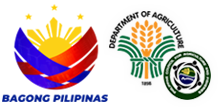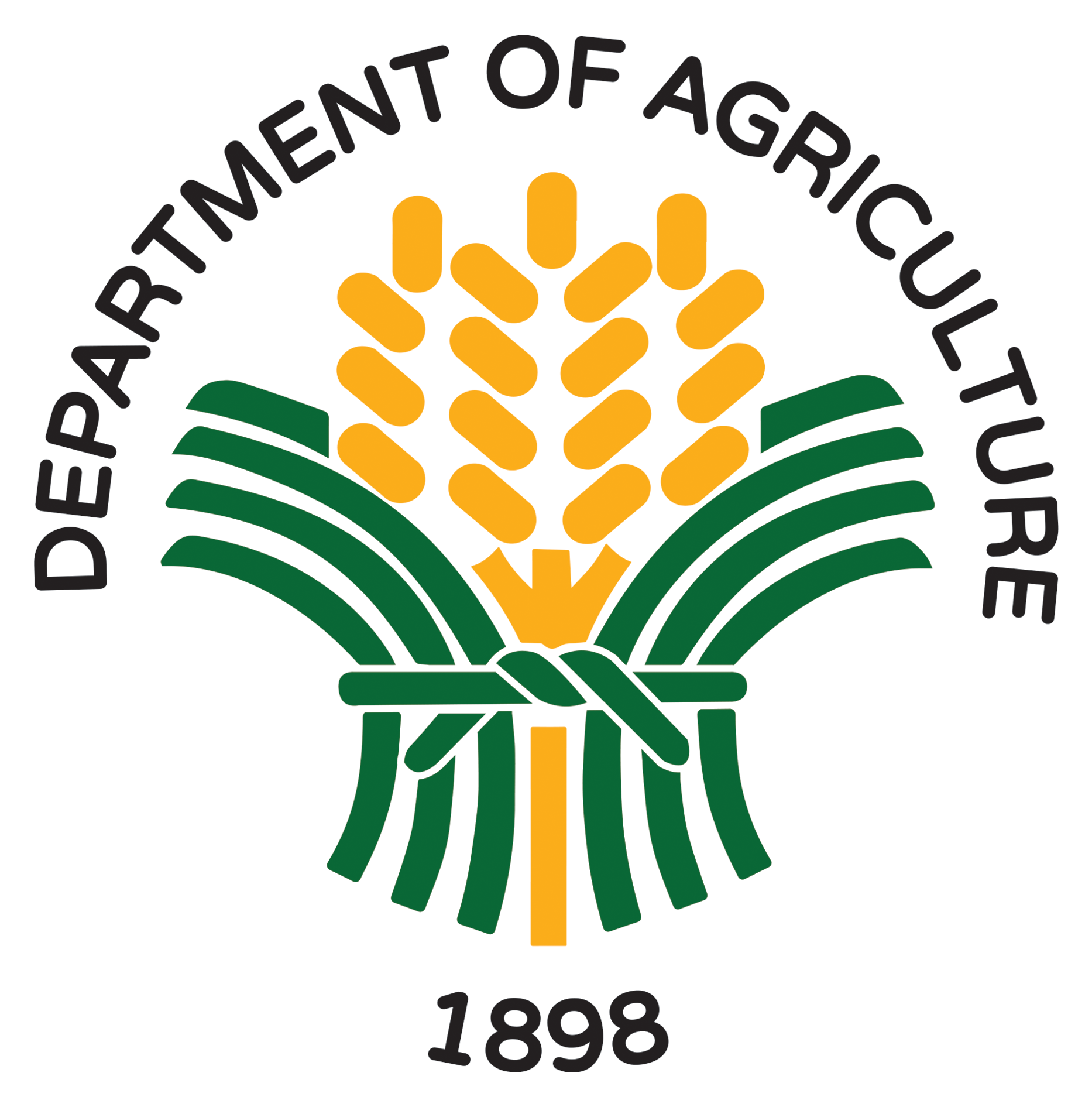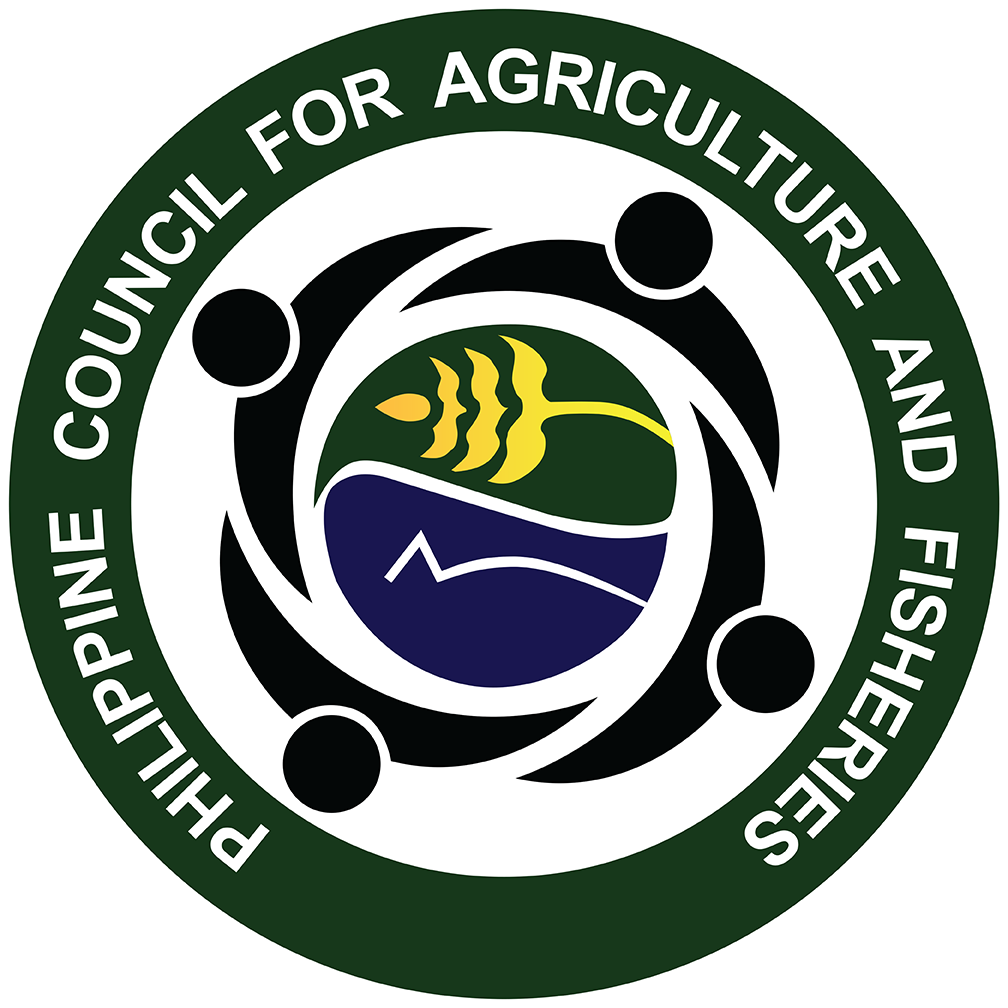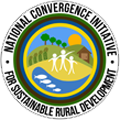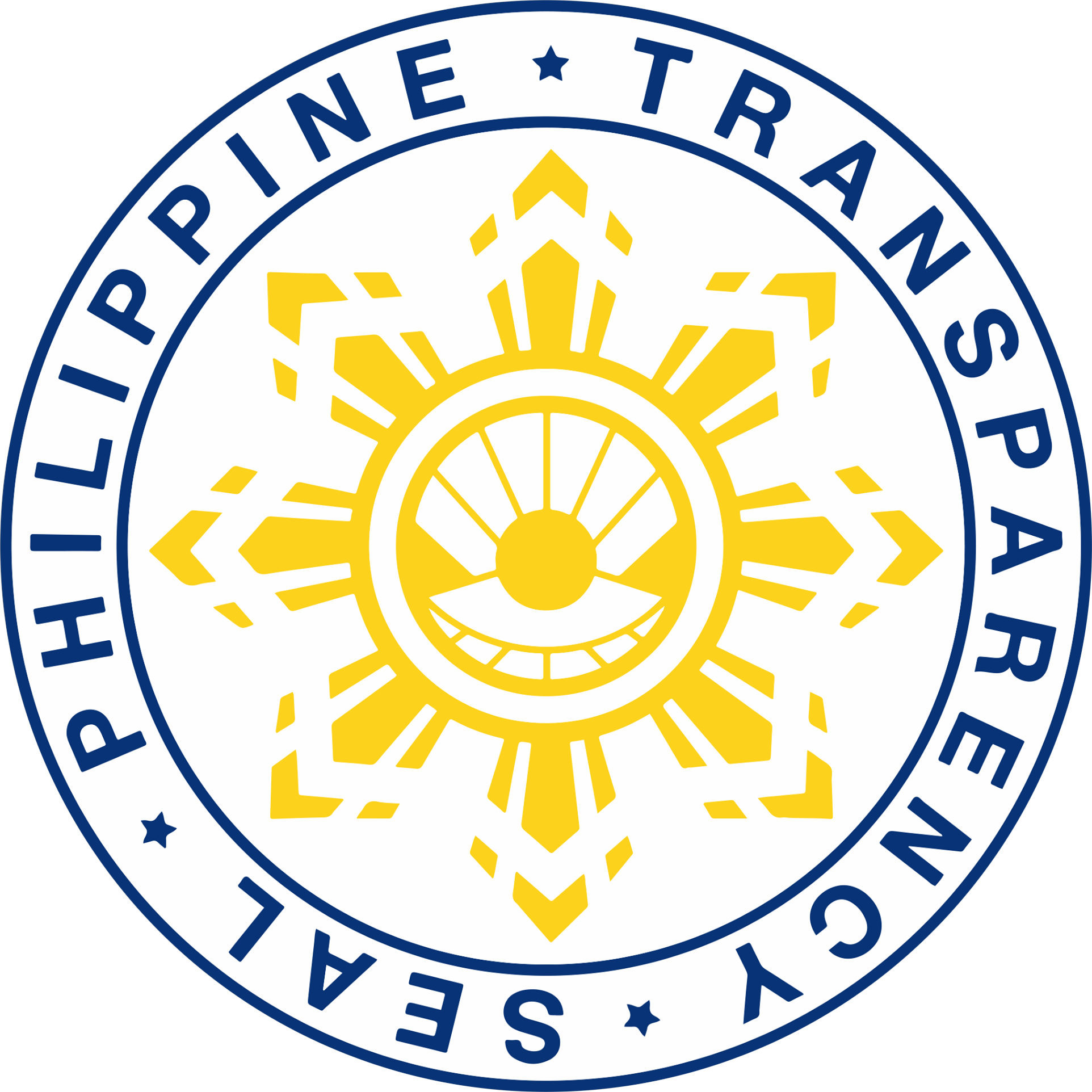
The National Sectoral Committee on Rice and Other Staples held its second-quarter regular meeting on May 28, 2025, via Zoom, addressing critical issues and updates on the Department of Agriculture’s (DA) programs and projects in the rice industry.
The discussions focused on the Rice Competitiveness Enhancement Fund (RCEF) phase 2.0 rollout, advancements in irrigation and agricultural technology, and regional concerns faced by rice stakeholders.
The DA-RCEF Program Management Office reported that the second phase is in its preliminary stages, with efforts underway to facilitate account creation and budget requests. While most interventions under Fiscal Year (FY) 2025 are yet to be fully implemented, RCEF Seed and Mechanization components have commenced their FY 2025 rollout with the recent issuance of a PhP10-Billion Special Allotment Release Order and Notice of Cash Allowance.
Innovation in agriculture was also highlighted with the Fertilizer and Pesticide Authority’s presentation on agricultural drones in rice production.
According to the presentation, drones offer a range of services, including mapping, seed spreading, nutrient management, and pest and disease management, promoting precision delivery of farm inputs, enhanced data collection, and resource optimization.
The program operates through commercial application via drone vouchers (printer vouchers and Intervention Monitoring Cards) and research for development of standard application protocols (Drones4Rice). Eligible beneficiaries for drone assistance include irrigators’ associations, farmers’ cooperatives and associations, small water irrigation system associations, and agrarian reform beneficiaries organizations.
In terms of infrastructure, the Bureau of Soils and Water Management and the National Irrigation Administration provided updates on rainwater harvesting facilities and small-scale irrigation projects. Ongoing Small Reservoir Irrigation Systems (SRIPs) in Central Visayas and the Sinakan rain collector in Batanes, benefiting 23 farmers, underscore the government’s commitment to modernizing irrigation and boosting rural development.
Meanwhile, Regional Agricultural and Fishery Council (RAFC) sectoral representatives voiced pressing concerns from their respective areas.
Farmers in the Cagayan Valley Region highlighted the negative impact of uncontrolled rice and grain importation on their income, particularly during peak season, recommending the reactivation of the National Food Authority’s mandate to regulate import permits.
In the Central Luzon Region, sectoral representatives pointed out that they were still experiencing low palay prices during harvest and high production costs, along with exploitation by middlemen and rice cartels. They urged the government to implement a strategic buffer stock system, increase the National Food Authority’s budget for palay procurement, and expedite RCEF implementation.
From Central Visayas, the PhP20 per kilo rice program was cited as detrimental to farmers due to high production costs and insufficient subsidies. They proposed 100% subsidy on farm inputs and full mechanization support.
While in Davao Region, they reported limited access to pigmented rice seeds, processing centers, and buying capital for cooperatives, recommending provision of these resources from PhilRice and capital based on feasibility studies.
The meeting underscored the multi-faceted challenges facing the Philippine rice sector and the government’s ongoing efforts to address them through policy, technological advancements, and infrastructure development, while also acknowledging the vital input from grassroots agricultural communities. | Jezebel Campaniel
